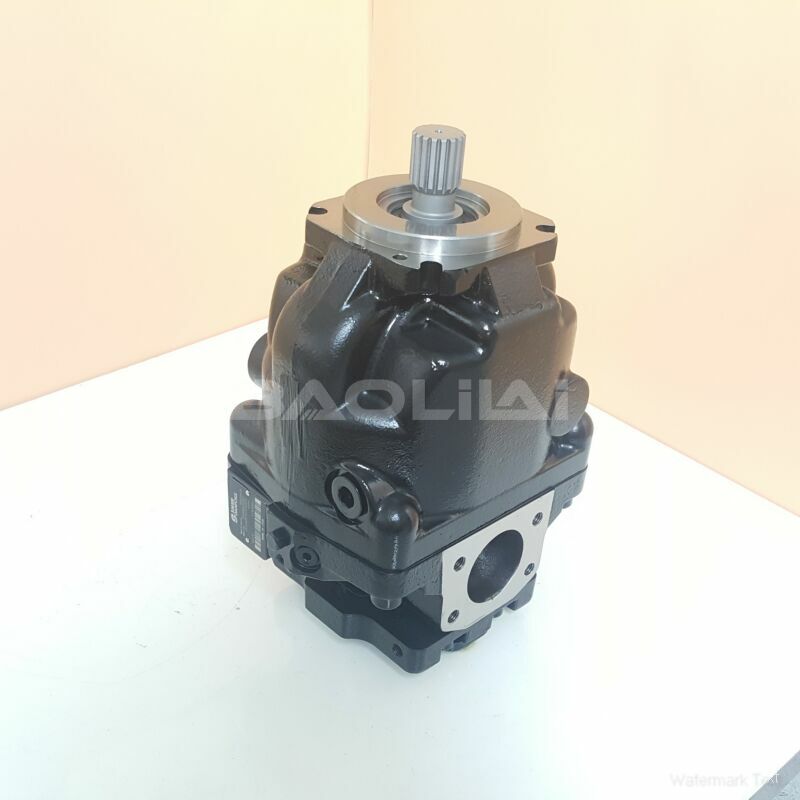ERR130BBB3120NNN3S1NPA1NNNNNNNNNN hydraulic pump
ERR130BBB3120NNN3S1NPA1NNNNNNNNNN hydraulic pump

- Product Details
- Applicable Scene
Hydraulic systems are widely used in various industries for their efficiency and power. However, like any mechanical system, they can encounter issues, particularly in low-flow, high-pressure circuits. Troubleshooting hydraulic pump problems is essential for maintaining optimal performance and avoiding costly downtime. This article outlines key steps and considerations for diagnosing and resolving issues with hydraulic pumps in such circuits.
ER-R-130B-BB-31-20-NN-N-3-S1NP-A1N-NNN-NNN-NNN
ERR130BBB3120NNN3S1NPA1NNNNNNNNNN
Understanding the Basics

83013265
Before diving into troubleshooting, it’s crucial to understand the components of a hydraulic system, especially in low-flow, high-pressure applications. The system typically includes:
Hydraulic pump
Control valves
Accumulators
Hydraulic fluid
Actuators (cylinders or motors)
The hydraulic pump is responsible for generating flow and pressure, while the other components control and use that energy.
Identifying Symptoms
The first step in troubleshooting is identifying the symptoms of hydraulic pump issues. Common signs include:
Unusual noises (grinding, whining)
Low pressure readings
Fluctuating pressure
Overheating
Fluid leaks
Slow or jerky actuator movement
Gathering this information will help narrow down potential causes.
Step-by-Step Troubleshooting Process
Check the Fluid Level and Quality:
Begin with a visual inspection of the hydraulic fluid. Ensure that the fluid level is adequate and that the fluid is clean and contamination-free. Contaminated or degraded fluid can cause pump wear and inefficiency.
Inspect the Pump:
Look for signs of external damage or leaks on the pump itself. Check seals and gaskets for wear or failure. If the pump is loud or not functioning as expected, it may require disassembly to check internal components.





